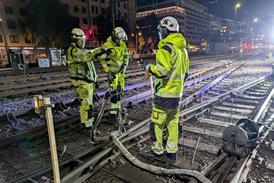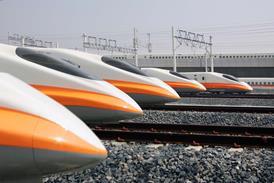Study finds uncertainties in rail to bus conversion
By Railway Gazette International2020-06-23T06:00:00

Photos: Lokaltog
DENMARK: Conversion of the Østbanen local railway in eastern Sjælland into a busway could be a viable alternative to renewing the life-expired rail infrastructure, a study has suggested.
Already have an account? LOG IN
To continue…
You’ve reached your limit of content for the month
Get enhanced access to Railway Gazette news and weekly newsletters.

For almost 200 years, the Railway Gazette Group has been the leading provider of news, analysis and intelligence for the international railway industry. Our independent and authoritative content is read by operators, regulators and the supply industry in over 140 countries using a variety of tailored subscription packages.
Site powered by Webvision Cloud



